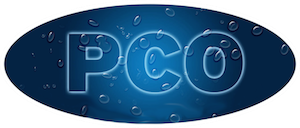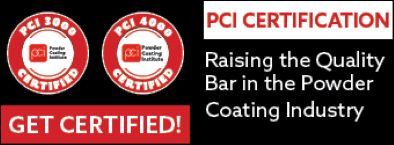Shop Powder Coating Equipment
Systems | Supplies | How-to Powder Coat Info
Find New & Used Powder Coating Equipment | Services | Products
Click Here or scroll down the page for the Supplier Directory Category List
PCO Super Specials Showcase
Very Special Limited Time Offers from Select Powder Coating Suppliers
Be seen by up to 20,000 unique visitors every month – Advertise in The Showcase
15,000+ unique visitors see this Showcase every month – Advertise in The Showcase
1. 5-Stage Pretreatment Washer – 42”W x 54”H opening
2. Complete 5-stage Powder Coating Line AND 38’L Batch System

Syntec Used Equipment List
We sell New & Used Finishing Equipment
 Syntec Finishing
Syntec Finishing
Industrial Finishing Equipment Supplier
Used Powder Coating Systems
We also sell NEW EQUIPMENT!
–Syntec Systems Corp. 608-630-3424
—
“Explore our new PCO Equipment Buyers Guide – your go-to resource for top-tier powder coating equipment.”
TURNKEY POWDER COATING SYSTEMS
Find Your Complete Powder Coating System from Trusted Suppliers
What are your responsibilities when buying a Turnkey System? –
–
15,000-20,000 unique visitors every month see this Showcase!
![]()
TRUST YOUR EQUIPMENT SUPPLIER !!
Quality Batch Equipment/ Value Prices + FREE CONSULTING
–
Call Rich Ludvik: 440-477-2991
15,000+ unique visitors every month Advertise in The Showcase
Powder Coating Buying Guide
Powder Coating Equipment, Systems, Supplies
See Category List Below
















